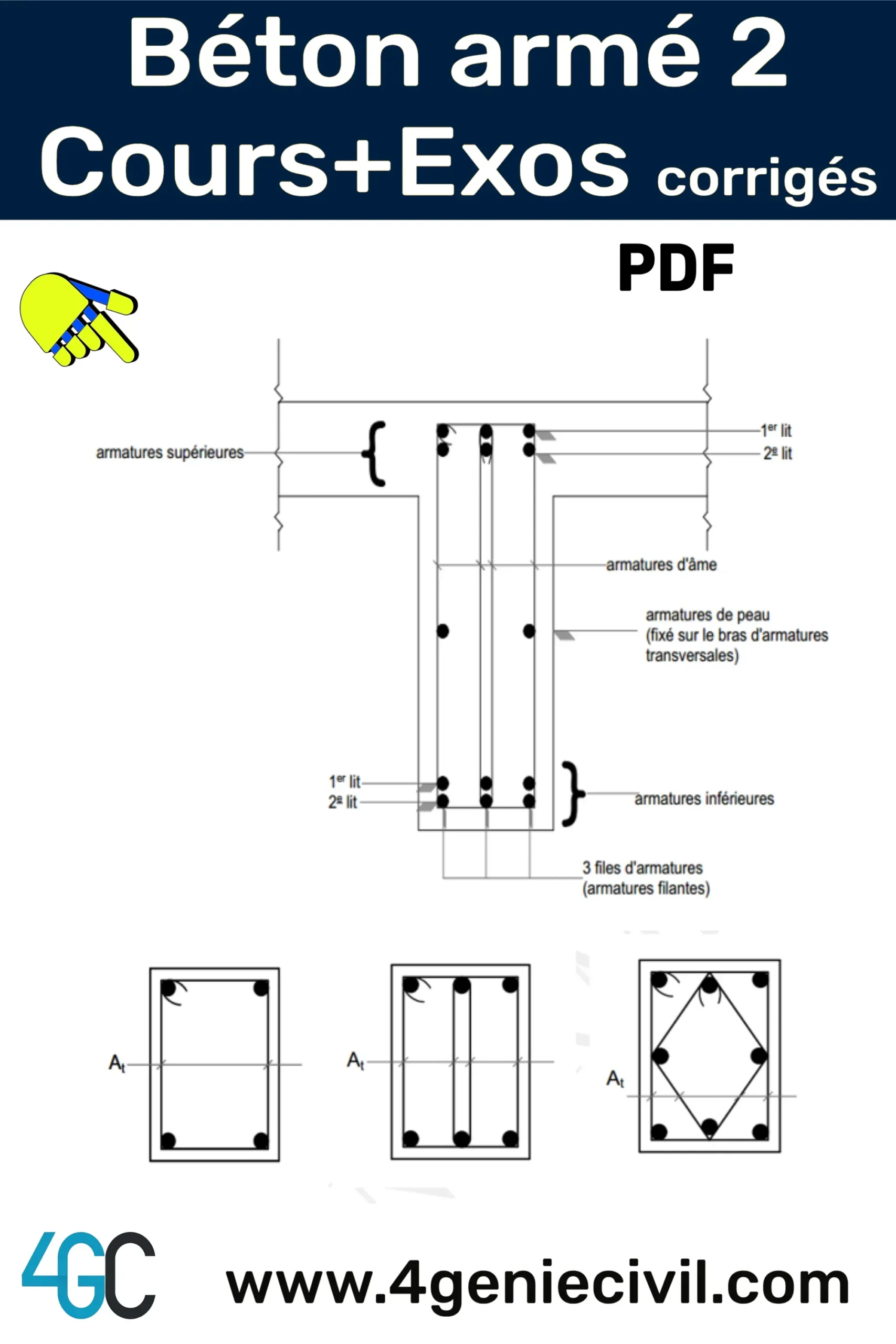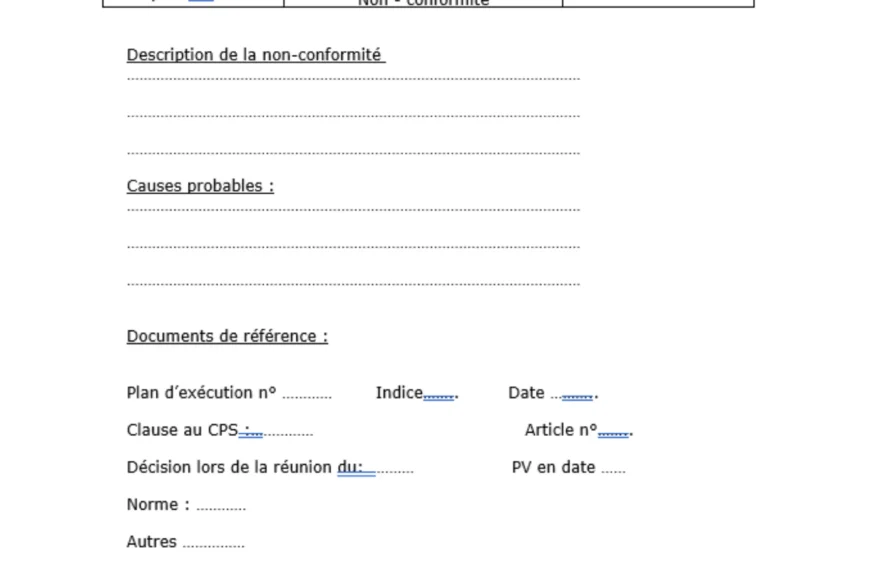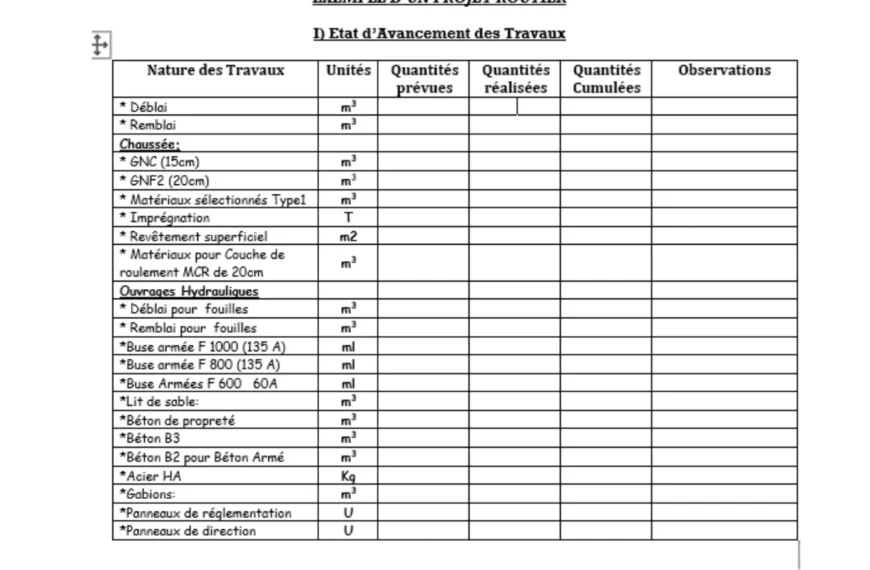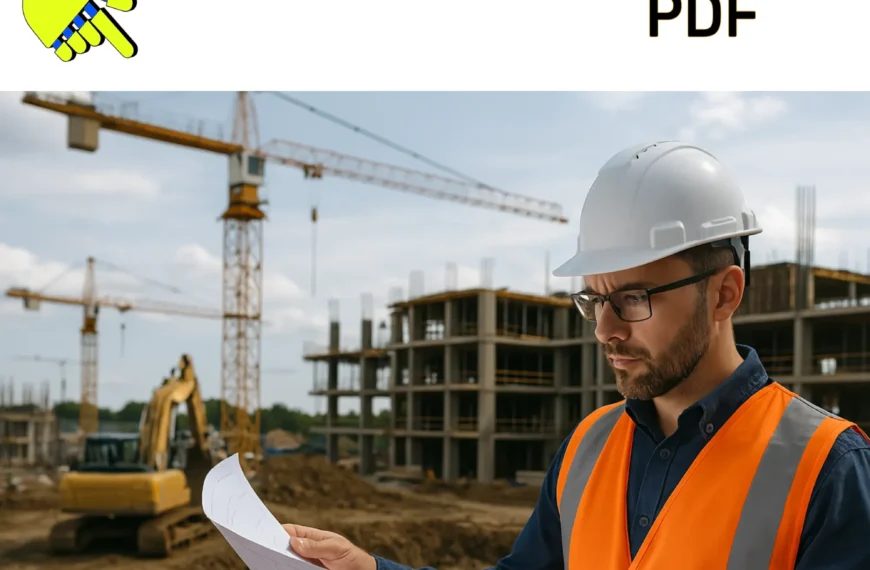Learn all about the complete course, calculations, checks, reinforcement, resistance, standard and more in reinforced concrete with modified exercises. Includes downloads.

Armed concrete is a fundamental technology in civil engineering and is used to construct buildings, bridges, tunnels and other robust infrastructure. The concept requires a detailed understanding of mechanical principles, material properties, and sizing methods. This article provides a complete guide with specific examples and modified exercises, and you may download modified exercises to master reinforced concrete and PDF courses for in-depth research.
Introducing reinforced concrete: A material that combines resistance and durability
Reinforced concrete combines the compression resistance of concrete with flexibility and resistance to steel traction. This alliance allows them to design resistant and durable constructions in the face of the solicitations they receive daily. The concept is based on the verification of basic principles, particularly balance, stability and boundary states.
1. Basic principles and units of measurement
1.1 Intrinsic quantity
- Stilling Force (v): The working force is perpendicular to the beam axis and can cause ruptures or cracks.
- Fleet moment (m): The torque, curvature deformation generated by the applied load is generated.
- Section ET Dimension: The importance of geometric parameters for accurate calculation of efforts.
1.2 units
- It says that concrete is characterized by its compression resistance. 28 (MPA).
- The resistance of steel, 𝑓𝑺, is also expressed in MPA.
- In many cases, effort is expressed in kilonewatons (kn).
2. Calculation and verification of reinforced concrete structures
2.1 Concrete verification for service limits (ELS)
The aim is to ensure the sustainability of the structure, for example, by preventing the appearance of excessive cracks. Tangent constraints must be lower than a particular limit (almost or very harmful) depending on the nature of the crack.
2.2 Specific verification under the ultimate limit state (selection)
This control ensures the safety of the structure under the greatest effort. The total request must be below the maximum resistance that can withstand with concrete and steel.
2.3 Calculating Enhancement: Vertical and Horizontal Reinforcement
Effective dimensions of the reinforcement should be prevented from breaking or cracking. The distribution, maximum interval, and minimum percentages are determined according to a specific method, particularly the Caquot method of the cross-distribution.
3. Key technical aspects
3.1 Recruitment: Striking effort and moments
Efforts sent by fees should be distributed to beam or slab sections, respecting security constraints.
3.2 Concept of moments in resistant concrete
The resistance moment 𝑀𝑟𝑏 represents the maximum capacity of reinforced concrete that resists flexion without rupture, when the concrete constraint reaches the limit threshold.
3.3 Reinforcement Placement
Long, cross-sectional or cross-sectional reinforcements should respect specific rules of symmetry and positioning to ensure stability and robustness.
4. Modified practical exercises
Here are some standard examples to master these concepts.
Exercise 1: Verification of beam bending resistance
statement:
Reinforced concrete beam, rectangular section 300 mm x 600 mm supports distributed loads of 20 kN/m over a 6-meter range. Check if the section supports this load without exceeding the ELS limit.
Solved:
- Calculating the maximum moment: .
- Follow the bending method to check the required reinforcement.
(Full details of calculations, formulas and results can be found in the downloadable PDF)
Exercise 2: Determining lateral reinforcement using the cock method
statement:
For bent things that are bent due to uniformly distributed loads, use the Caquot method to calculate the maximum spacing of lateral reinforcements.
Solved:
- Calculation of resistance to sharp forces.
- Applying maximum spacing by respecting Limiys.
(Detailed solutions can be downloaded)
5. Rules and good practices for reinforced concrete design
- Respect the minimum percentage of reinforcements to avoid vulnerabilities.
- Systematic verification at each step: resistance, cracks, deformation.
- Using proven methods such as Caquot for the distribution of lateral reinforcements.
- Always provide a safety margin to predict unexpected loads or inaccuracies in manufacturing.
6. Download the full course in PDF
Immerse yourself in the universe of reinforced concrete thanks to this full course covering all the key concepts: calculation, verification, material composition, reinforcement, and resistance and safety. There are detailed explanations, diagrams, modified exercise examples to learn each step, and downloadable resources to deepen your learning. Whether you are a student or an expert, this task allows you to acquire robust knowledge and design, analyze and verify reinforced concrete structures according to enforced standards. Understanding adhesion constraints, resistant moments, sharp effort, and cracked areas is also an integral part of training. By following these courses, you will be familiar with creating technical files, assessing structures, or preparing for civil engineering-related exams. An important resource for mastering reinforced concrete in all of its dimensions.
This guide integrates the fundamental principles of reinforced concrete and involves corrected movement for a rich understanding with corrected movement. To access the full version, click here to download the full PDF document.
👀👉👉Download a full course of reinforced concrete with corrected corrected motion (PDF)
Thanks to these valuable resources, you can dive deep into the world of reinforced concrete, making it perfect for students and civil engineering professionals.
- Complete Reinforced Concrete Lesson – Eurocode2 (PDF): ce Reinforced concrete Follow as follows:Eurocode 2provides a basic understanding of the principles and applications of reinforced concrete design. It is an essential resource for those who are studying or working with Reinforced concrete structure Modern. This document covers important concepts of format PDF Clear, accessible and perfect for self-learning and reference. Explore this
Essential Eurocode 2 courses for reinforced concrete
- Reinforced concrete exercises using a solution (Bael): Master the concept of reinforced concrete by exercising yourself with these Exercise and its solutionsBased on regulations of Bael (Boundary Reinforced Concrete). This collection is important to help students test their understanding. Detailed solutions provide step-by-step advice and help you understand complex calculations and design principles Reinforced concrete structure. Challenge yourself with these
Reinforced concrete correction movement
- Reinforced Concrete Lessons – Bael 91 (PDF): Immerse yourself in the specificity of Bael 91 (Border State Reinforced Concrete 91) So Reinforced concrete Completed in the format PDF. This document is the cornerstone for understanding traditional French regulations in concrete design. Especially useful for those working on the project or studying historical aspects Concrete structure Follow the standards Bael. Access this
Detailed course of Reinforced Concrete Bael 91
- Overview of the reinforced concrete course: Need a simple reminder or a brief summary? this Overview of the reinforced concrete course It corresponds essential information. This makes it ideal for final midway revisions, allowing you to get a grasp of the basic principles without moving through a thorough document. It highlights important formulas, design considerations, and basic concepts Reinforced concreteserves as an excellent revision sheet for students and practitioners. Get you
A brief overview of the reinforced concrete course
- Projected concrete approaches and recommendations: Use this resource to explore specialized concrete application techniques concrete. Covers a variety of covers Approach and recommendations For that application, its use includes tunnel and Structure reinforcement. Please understand concrete It’s important for the project civil engineering Modern requires quick and effective implementation of concrete. Learn the nuances of
Projected concrete application
- Concrete and Adjuvant: Two Documents to Download: Thanks to these two downloadable documents, we improve our understanding of specific characteristics and their modifications Concrete and adjuvants. This resource details different things Concrete type The important role of Adjuvant In their performance, their sustainability, and in their revision of their work. It is essential for those involved Concrete blend Selection of materials for construction projects. Download these insights to
Types of concrete and adjuvants
Conclusion
Armed concrete remains a pillar of civil engineering that combines sustainability, flexibility and resistance. By mastering that principle, engineers can design safe, economic and sustainable structures. Study the exercises offered to deepen your skills and don’t hesitate to download the full course for the full course.










